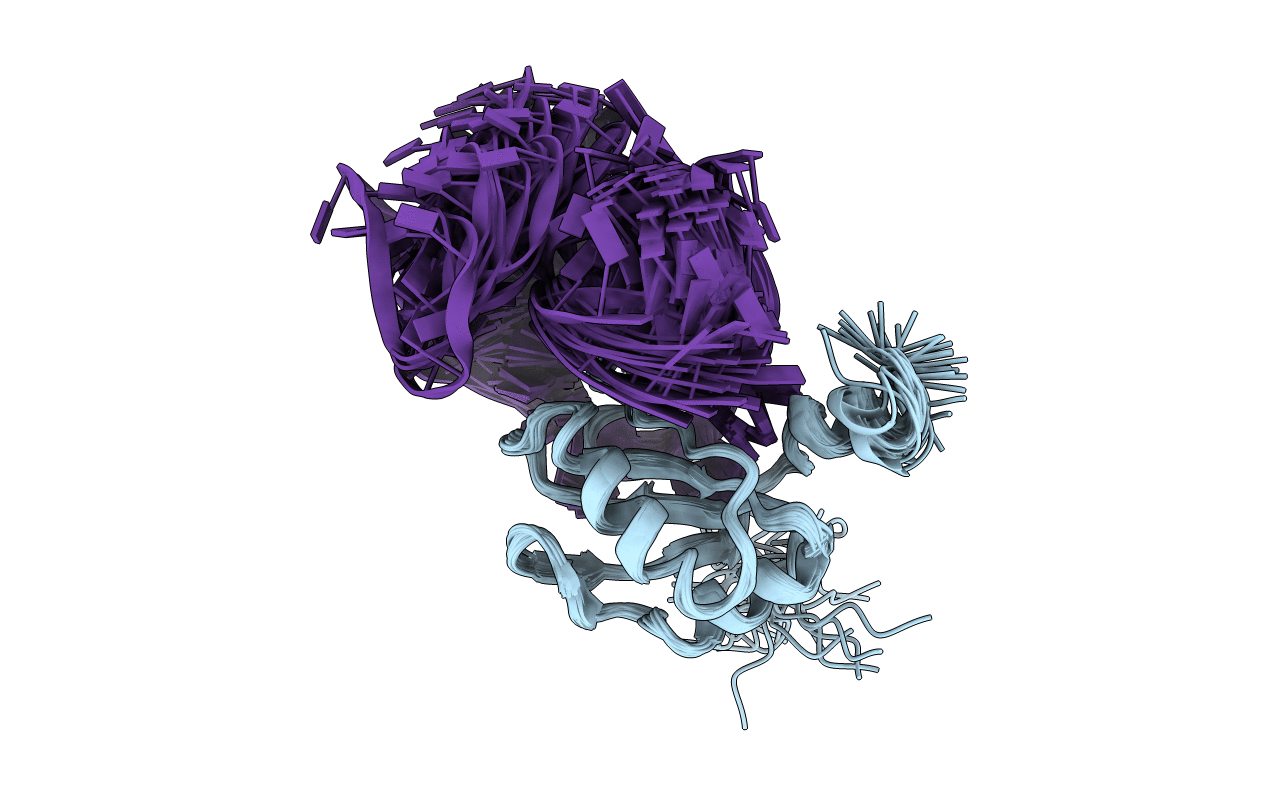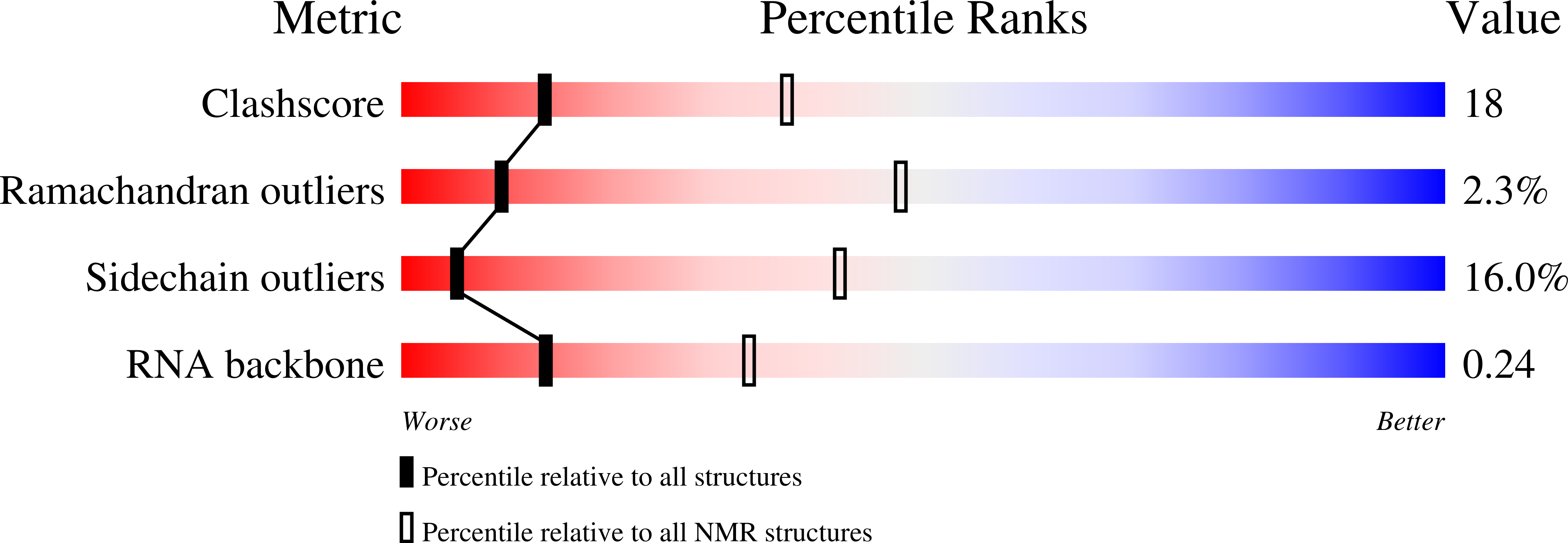
Deposition Date
1997-08-22
Release Date
1998-02-25
Last Version Date
2024-05-22
Method Details:
Experimental Method:
Conformers Calculated:
50
Conformers Submitted:
31
Selection Criteria:
LOWEST TOTAL ENERGY


